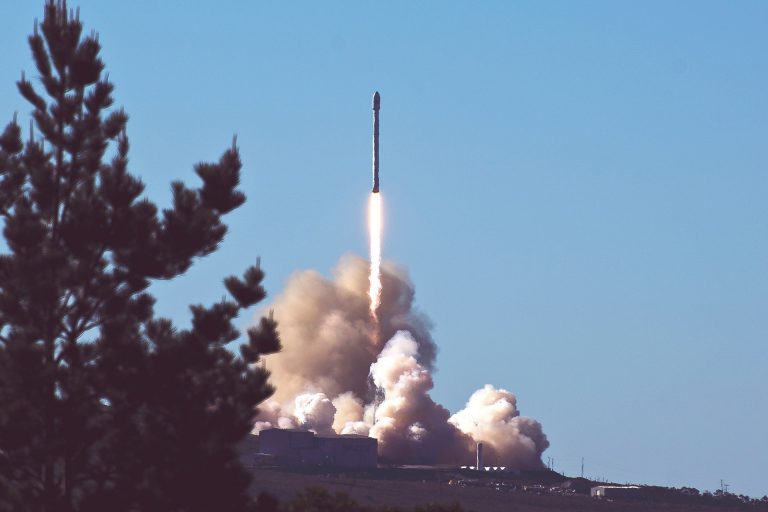On Sept. 28, North Korea launched a short-range missile into the Sea of Japan. This was the third missile launch conducted by Pyongyang this month.
The missile was initially detected by the South Korean military at around 6:40 am. “We are analyzing the situation and intention of North Korea’s missile launch… Also, we think the missile launch is regrettable at a time when we urgently need to stabilize the situation in the Korean peninsula,” Boo Seung-chan, South Korean Defense Ministry Spokesman, said at a news briefing.
Kim Jong-un’s influential sister, Kim Yo Jong, had reached out to Seoul on Sept. 24 and 25, stating that her country was open to resuming talks. She criticized South Korea for calling Pyongyang’s missile tests a provocation, and asked that Seoul abandon its “hostile policies” and “unfair double standards.”
Some South Korean officials are seeing the missile launch in a positive light. They believe that a mellow response to the incident by Seoul could lead Pyongyang to respond favorably to South Korean President Moon Jae-in’s recent proposal of officially ending the seven-decade-old Korean War.
In an interview with the Associated Press, analyst Shin Beomchul of the Seoul-based Korea Research Institute for National Strategy said that the missile launch was “testing the South Korean government to see if it would impose a double standard and call it a provocation.” He warned that if South Korea and other nations fail to respond strongly to the event, North Korea’s status as a nuclear nation would be solidified.
Success
You are now signed up for our newsletter
Success
Check your email to complete sign up
A spokesperson from the South Korean Defense Ministry made it clear that even though they have placed calls on the military hotline linking the two nations, North Korean officials have been “unresponsive.”
The missile splashed down outside the exclusive economic zone (EEZ) of Japan. Tokyo believes that the projectile could have been a ballistic missile, and stated that it amped up surveillance and vigilance efforts.
Prime Minister Suga Yoshihide accused North Korea of “threatening the peace and safety” of Japan and the entire region. If North Korea did fire a ballistic missile, the act would be in violation of a UN ban on such activities. However, the United Nations would likely not impose new sanctions on Pyongyang because the projectile was a short-range weapon.
The U.S. Indo-Pacific Command said that even though there was no immediate threat from the launch, North Korea’s “illicit weapons program” had a destabilizing effect on the region. It reiterated that Washington had an “ironclad” commitment to defending Japan and South Korea.
On Sept. 13, North Korea tested a long-range land-attack cruise missile (LACM). Two days later, on Sept. 15, the country tested two ballistic missiles, violating UN regulations. In the LACM test, the missile reached a distance of 932 miles.
The LACM is said to have potentially come from China or Iran. In an interview with The Epoch Times, Richard Fisher, a senior fellow at the International Assessment and Strategy Center (IASC), pointed out that China and Iran had secured Russian KH-55 LACMs from Ukraine between 1999 and 2001. Iran’s Soumar LACM bears a close resemblance with the KH-55.
“As China has assisted North Korean ballistic missiles and has an advanced long-range land attack cruise missile (LACM) production base, it is very likely that China has enabled North Korea’s new long-range LACM… There is also a good chance that Iran provided LACM technology to Pyongyang,” Fisher said. If the North Korean LACM is developed from KH-55, it can potentially reach a range of 1,864 miles, extending the threat to the Philippines and Taiwan.
North Korea is also claiming to have launched a hypersonic missile for the first time. These weapons are much faster and can fly at lower altitudes than existing ballistic missiles. As such, they can maneuver with greater flexibility, presenting a significant threat to targets. South Korea stated that they are capable of intercepting such missiles.
“One flight test is far from enough to successfully develop this kind of technology… For them, lauding the technical achievement this represents is a big part of what’s going on — at least at this stage,” Vann Van Diepen, a former weapons analyst for the National Intelligence Program, said to WaPo.















